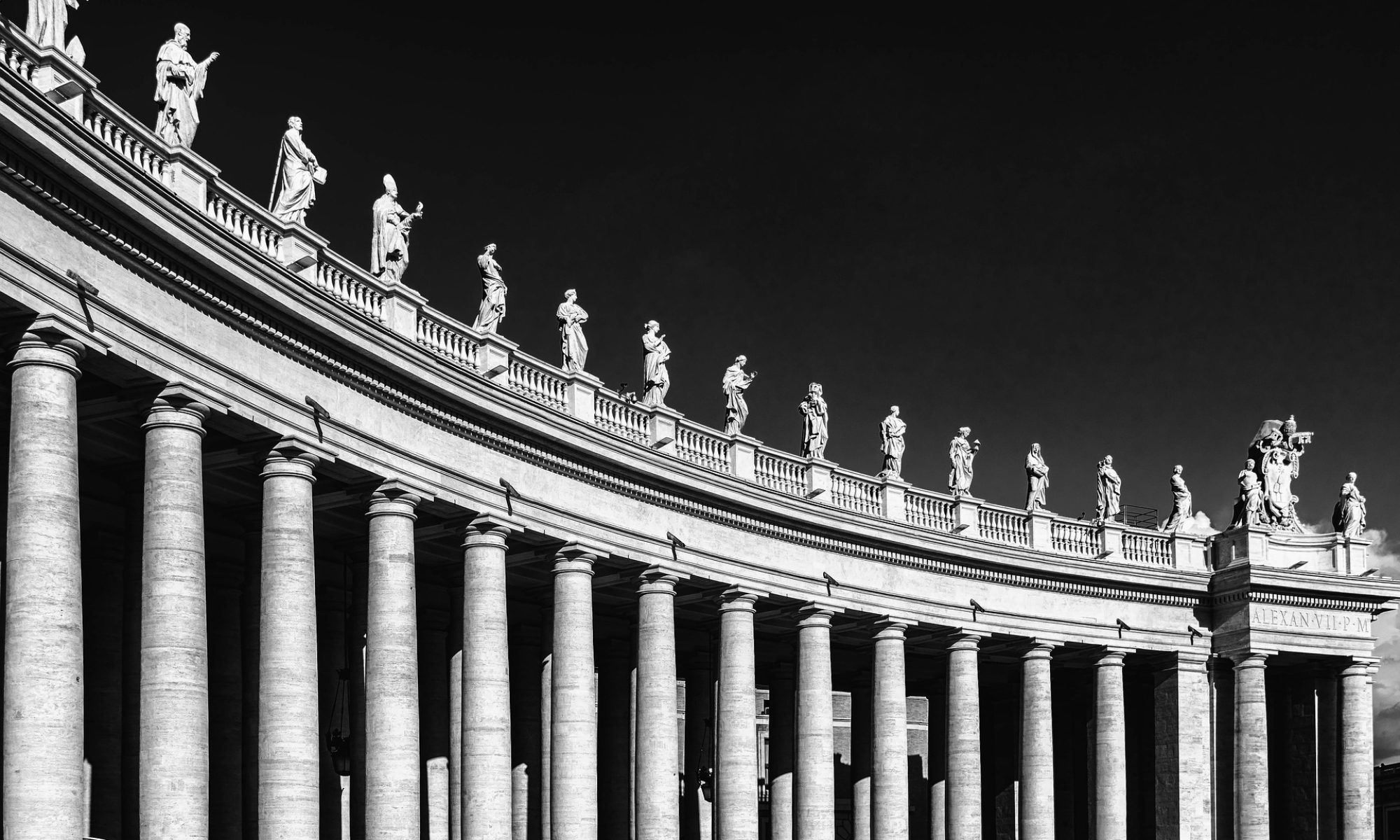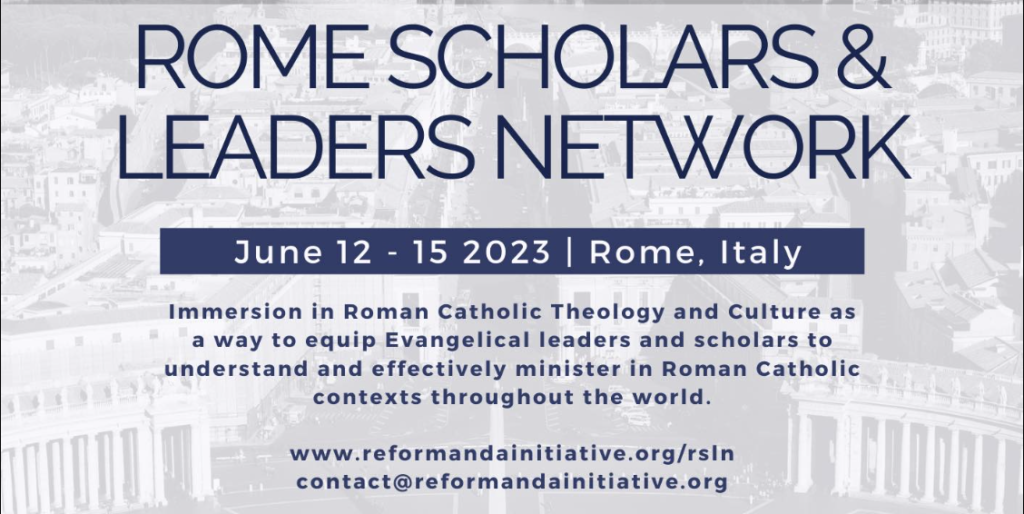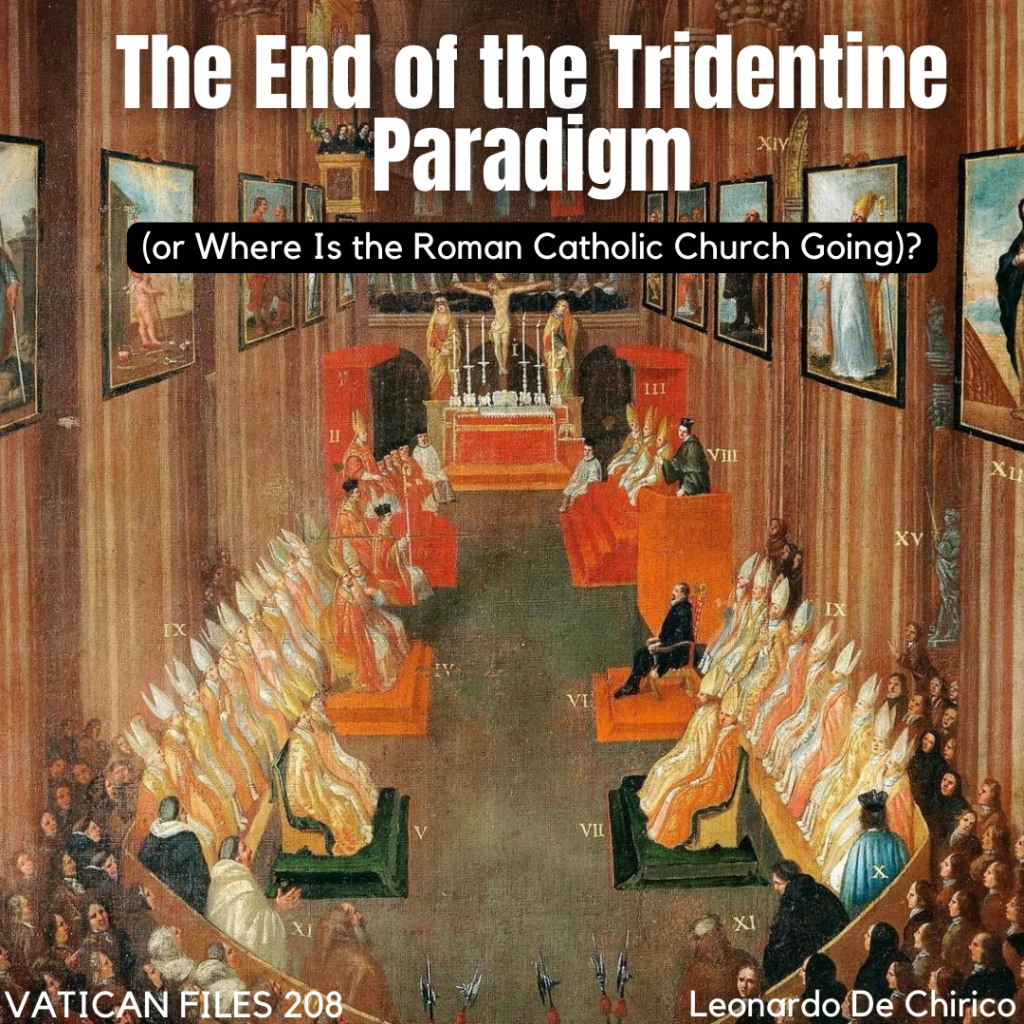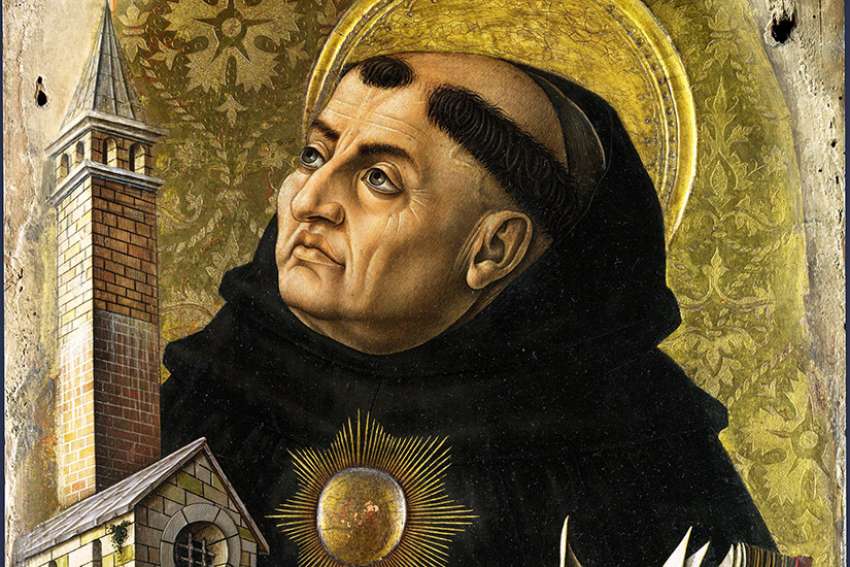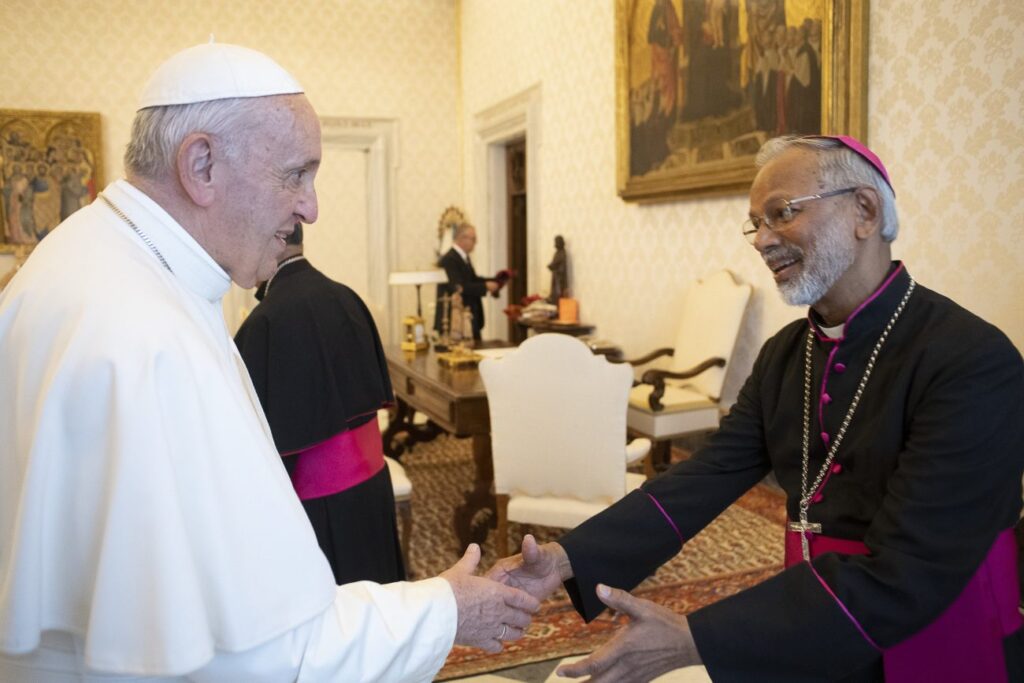
Like every Christmas season, the tradition of the “advent sermons,” whereby the preacher of the Papal household addresses the Pope and the community working in the Vatican, was repeated this past December when Cardinal Raniero Cantalamessa, a capuchin, preached three sermons. This preaching role is important because it is officially appointed by the reigning Pope and assigned to a priest whose task is to preach to the community working and living in the Vatican (Pope included) on special liturgical festivities. More generally, the Vatican preacher contributes to setting the standard of Roman Catholic homiletics even beyond the little community of the recipients and is looked upon as a “model” for good Roman Catholic preaching. For these reasons, it is always useful to have an eye on what he says and how he says it.
In 2022, the first Advent sermon (5 December) had the theological virtue of faith at its center and was followed by one sermon on hope and charity, i.e. the three theological virtues. With faith being the general heading, one of the focuses of the cardinal’s sermon was the breadth and scope of salvation. The Italian edition of the Vatican News website effectively summed it up with the headline “God has many ways to save.” In a nutshell, according to the cardinal, all human beings will be saved by Christ, with or without faith in Christ.
This is how Cantalamessa presents the issue:
If faith that saves is faith in Christ, what to think of all those who have no chance of believing in him? We live in a pluralistic society, even religiously. Our theologies – Eastern and Western, Catholic and Protestant alike – developed in a world where practically only Christianity existed. It was, however, aware of the existence of other religions, but they were considered false from the start, or were not taken into consideration at all.
After acknowledging the traditional position of the church(es) whereby salvation is given to those who “believe” in Christ and therefore do manifest a personal commitment to Him, the cardinal goes on by saying:
Today this is no longer the case. For some time there has been a dialogue between religions, based on mutual respect and recognition of the values present in each of them … With this recognition, the conviction has taken ground that even people outside the Church can be saved.
Notice that he brings with him an argument stemming from the “development” of doctrine and practice due to the adaptation to time and culture. “Today this is no longer the case”: not because Scripture has changed but because “dialogue” has introduced a new perception of religions that has led to a revision of the traditional view. A new conviction has emerged and become mainstream in post-Vatican II and ecumenical theology, i.e., “even people outside the Church can be saved.”
The problem with this Roman Catholic view of development is always the same: what are the biblical boundaries of such a “development”? For example, can the Church develop its Mariology to the point of elevating two Marian dogmas (like the 1854 dogma on Mary’s immaculate conception and the 1950 dogma of Mary’s bodily assumption) without any biblical support? In other words, “development” without the biblical principle of Sola Scriptura (i.e. the Bible as the supreme authority for the church) safeguarding and guiding it can become a self-referential principle at the service of the institutional church. If the church can “develop” her own traditions even outside of the perimeter of the written Word of God, is it not a questionable development?
How does this updated theology work in salvation? Here is how Cantalamessa explains it:
God has far more ways to save than we can think of. He has established “channels” of his grace, but he has not bound himself to them… It is one thing to affirm the universal need of Christ for salvation and another thing to affirm the universal necessity of faith in Christ for salvation.
Translated in more simple language, this means that it is always Christ who saves, but believing in Christ is not necessary for salvation. All people (believers and non-believers) are saved, even those who do not believe in Christ. Faith in Christ is important but not necessary for salvation. Christ saves us all, with or without faith in Him.
Is it superfluous, then, to continue proclaiming the Gospel to every creature? – then asks the Cardinal.
Far from it! It is the reason that must change, not the fact. We must continue to proclaim Christ; not so much for a negative reason – otherwise, the world will be condemned – as for a positive reason: for the infinite gift that Jesus represents for every human being.
According to the cardinal, the gospel is only a positive message and contains no judgment against anyone. There is no condemnation for sinners, no reprobation. God’s judgment is no more. God’s mercy has swallowed it. The gospel only has “positive” reasons. We (the whole of humanity) are all already saved by Christ with or without faith in Christ. If how we are saved changes, the Christian mission changes too. Evangelizing today means “dialogue” with other religions always assuming the universal salvation of all in the presence or absence of faith in Jesus Christ.
The cardinal is neither the first nor the only to support this Roman Catholic account of the universalist re-interpretation of the gospel. Sadly, he is in good company; his position is the mainstream, present-day Roman Catholic view. It has its background in Vatican II texts (for example, Lumen Gentium 16) and Pope Francis (for example, the apostolic exhortation The Joy of the Gospel, 2013 and his latest encyclical All Brothers). It is the position of present-day Rome which believes that the church, as the sacrament of salvation, includes (willy-nilly) the whole of humanity and that Christ saves us all, whether someone believes in Him or not. The Roman Catholic gospel used to be compromised by its rejection of the biblical truth that we are saved by Christ alone through faith alone. Now, it is further compromised by its universalism whereby all will be saved by Christ, with or without faith in Him.
Cardinal Cantalamessa’s sermon has provided further clarification on what “salvation” and “faith” mean for the present-day Roman Catholic Church. They are biblical terms that are reinterpreted in such a way that their biblical meaning is reshaped to fit the Roman Catholic version of universalism. This is another instance of Roman Catholics and Evangelicals using the same words but meaning very different things.
The whole of Roman Catholicism is “developing” towards becoming less “Roman” (hierarchical, top-down, doctrinaire) and more “Catholic” (embracing, inclusive, universalist). The Roman Catholic gospel was flawed when it had a more “Roman” focus and it continues to be so with the new “Catholic” emphasis, though the accents are put differently.
